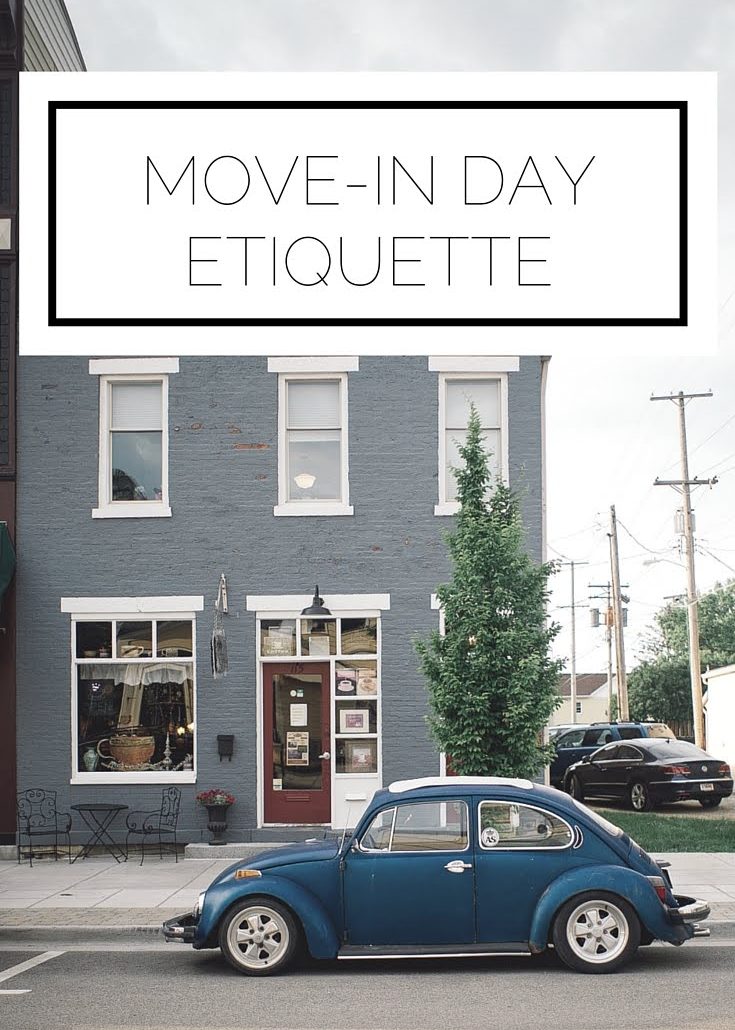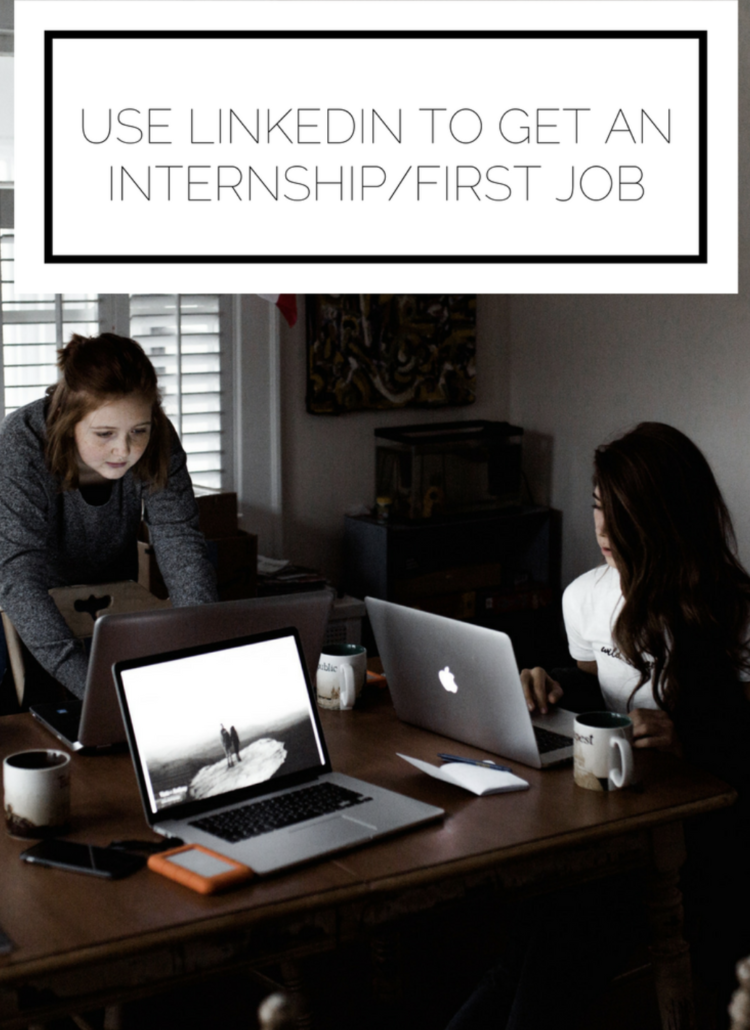I’ve never spent much time contemplating the 19th Amendment and wondering how it came to be. I would guess that there are many women like me who haven’t considered what was part of the process to secure our right to vote. Recently I started thinking and learning about it, and boy do I have a story for you.

Let’s set the scene
We’re going to focus on the course of a few days in August of 1920 when the amendment was passed – there was momentous work done before and after this to advance women, but for the sake of our story we’re narrowing down.
In order for an amendment to the Constitution to be passed during the fight for suffrage in 1920, 36 states needed to approve the amendment. By the spring of 1920, 35 states had approved the amendment, 6 states had said no, and Tennessee was going to be the deciding state.
People were wound up. There were suffrage supporters (people who wanted women to be able to vote) and anti-suffrage supporters (people who didn’t want women to vote). Interestingly, there were many women in the anti-suffrage camp. In researching their reasoning, the main points were that women voting would disturb home life, that women weren’t well informed enough to make good voting decisions, and (a contradicting point) that if women voted it wouldn’t make a difference because there would be just as many women on one side as another.
Since Tennessee was going to be the deciding factor, supporters on both sides descended on Nashville to try and influence the legislature. And this is where the fun begins!

Roses
Quite a feminine approach was taken to identifying suffragists and anti-suffragists. The suffragists wore yellow roses and the anti-suffragists wore red roses. The florists of Nashville were thrilled; everyday people who were having roses forced upon them were less enthusiastic.
Aside from roses, there were many tactics being used to influence the all male legislature. The anti-suffragists had a good idea to invite the members to join them in a hotel suite (both the suffragists and anti-suffragists were staying at the same hotel, the Hermitage, so you can only imagine the run-ins going on and the rousing discussions you could hear through the walls) and they handed out
free Tennessee whiskey and old bourbon – including the local favorite, Jack Daniel’s “in the raw” – in what came to be dubbed the Jack Daniel’s Suite.
The Woman’s hour by Elaine Weiss
Each group attempted to identify the “bribable” members and sway them to their side. Bribes included gifts, sex, or the threat of kidnapping. Things were looking bleak for the suffragists going into the vote.

Let’s vote (i.e. let’s let the men vote on if women should be allowed to vote)
After making it through the days and final night leading up to the vote, it was time for the main event. The room was packed (and I imagine fragrant with all of the roses, but very hot in the south, in August, with no air conditioning) and the groups were carefully counting the votes as members said them aloud. By the audience’s counting the votes came in at 49 against and 47 for – the anti-suffragists cheered! But wait! The clerk hastily corrected everyone and said the vote was tied 48 to 48.
The room went absolutely nuts. The delegates who were voting jumped out of their seats and started shouting, the audience was protesting, the anti-suffragists were yelling for a revote. Delegates nearly came to blows and everyone was losing their minds.
The clerk was forced to call for a second vote. Seth Walker, a delegate and anti-suffragist, went over to Banks Turner, a delegate and, up until this point, anti-suffragist, and put his arm around his shoulders. Walker couldn’t figure out why in the last vote it was Turner who had changed sides. And then he did so again in this second vote!
Now it was time for the final vote – can we break this tie?

Always listen to your mother
As the roll call began, Harry Burn, a young delegate, decided to change his vote to support ratification of the amendment. Why you wonder? Well, he had received a letter from his mother that said
Hurrah and vote suffrage! … Don’t forget to be a good boy and help Mrs. Catt (a leader of the suffrage movement) put the “rat” in ratification.
View the letter here
When the final vote was in favor of suffrage, again everyone freaked out. The anti-suffragists yelled at Burn and he made a daring escape – he went to the clerk’s room, climbed out of a window, ended up in the library, then escaped out of the Capitol.
All was not over, however. Walker had made a move for reconsideration, and he was allowed to call for a vote again any time over the next three days. The suffragists couldn’t afford to lose a single vote. And the anti-suffragists were ready to steal men back.
The tactics of the anti-suffragists ranged from sending fake telegrams claiming the delegates had emergencies back home, to concocting fake bribes to frame Burn, and threats of all natures. The hotel where everyone was staying was heavily guarded and patrolled, and the Jack Daniel’s suite continued to do business.
Despite all of these efforts (and even more that I’m not going to get into in this post), nothing changed and the amendment was ratified.

A few other facts
Even though the amendment was passed, it was not always easy for women to vote, and it was especially difficult for Black women. The Voting Rights Act 45 years later finally put on paper that racial discrimination in voting is prohibited.
There were some states where women had the vote before the 19th Amendment, including New Jersey. However, they didn’t really get to keep that right for all too long, primarily because of voting shenanigans (unlike anything we see today). In fact, the big issue that came up is very close to where I was raised. There was a vote in 1806 about the location of a new court house for Essex County – it was presently in Newark, and Elizabethtown wanted it moved.
On day one of voting everything was ok. On day two things started to look off. On day three all hell broke loose. Voting fraud was committed like you would not believe.
Men and boys voted unchallenged as they went from poll to poll casting repeat votes. Wagons were used to transport the voters more quickly. Women, black, white, single and married, voted repeatedly as well. Men and boys who wanted to vote again donned hats and petticoats so they could vote yet again at the same polling place.
americacomesalive.com
The most votes that had ever been cast in an Essex county election was 4,500 and in this vote there were 14,000 votes cast…so you could say things were a little off. The next year the right to vote for women was taken away in New Jersey.
This was such a fun and important story to learn about! I love how history is always more wild than any fiction.




Leave a Reply